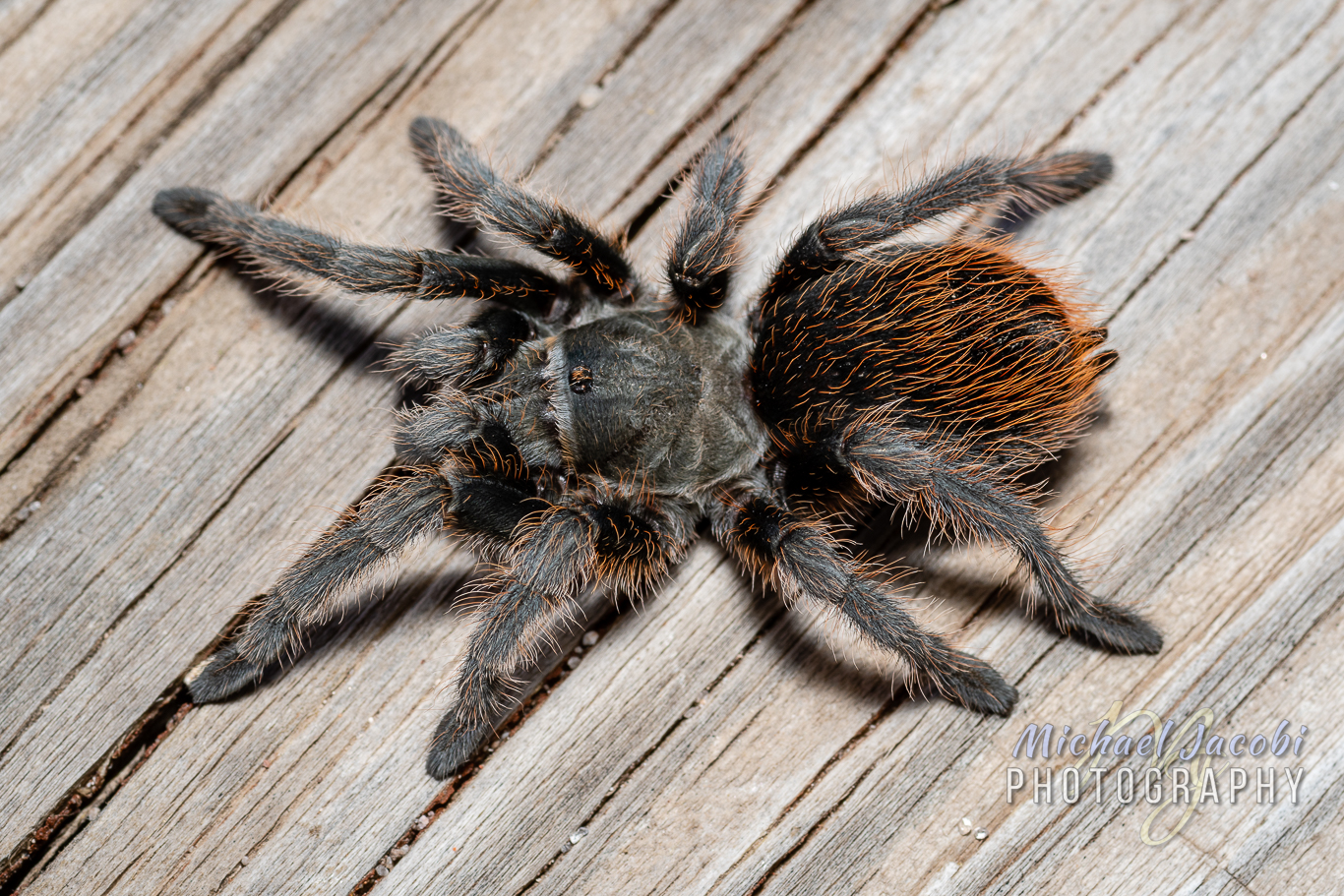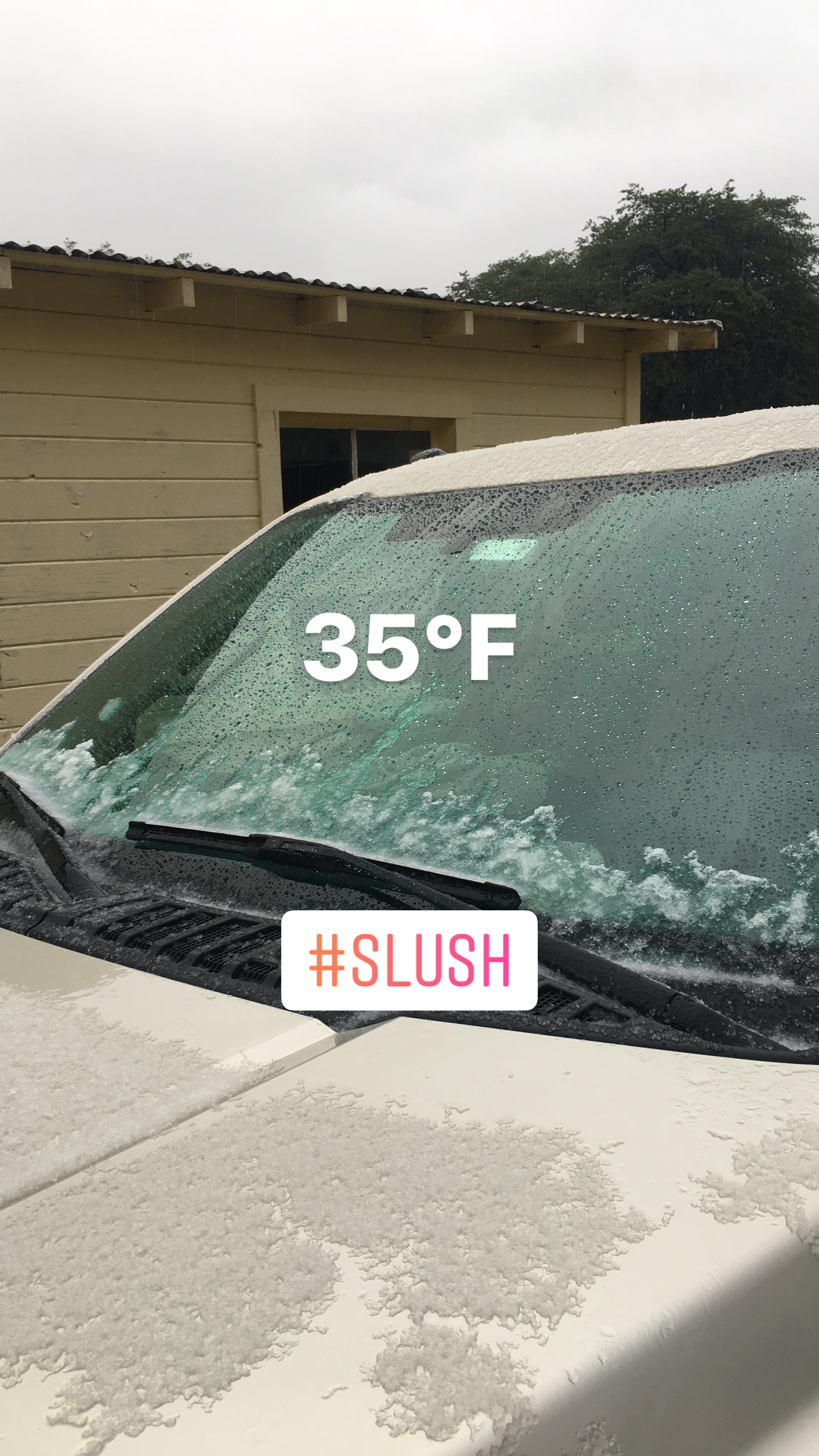Sonoran Gopher Snake, young of the year
For four nights I left the cold water in my Wheelhouse kitchen dripping. Overnight lows, typically at about 4 a.m., were below freezing. The coldest day it got down to 20ºF at my Corral, and was just over 14 a couple of miles up canyon (500’ in elevation) at SWRS.
A few of the days the temperature barely got above 50 in early afternoon and I realized that maybe I wouldn’t see another live snake in 2017.
I was less concerned about tarantulas. I knew that Brent and I are spending the first week of December between Phoenix and Tucson and I know we will scare some up.
Sadly, the last snake I had seen was a young of the year Sonoran Gopher Snake (Pituophis catenifer affinis) that had just been struck by a vehicle. Nothing is worse in herping than coming across a snake writhing and twisting, disfigured by a wheel. It was eight days ago. Before the big cold spell.
So, yesterday, as I drove north on Highway 80 returning from shopping in the border town of Douglas, Arizona, it was a surprise to see a snake stretched across my lane. The temperature was in the low-60s, with the sun bright in the San Simon Valley. The first snake I saw appeared to be about two-and-a-half feet long. I had the cruise control set at 70 mph and it took a minute to come to a stop off the shoulder in high desert grass. As I ran back south on the highway, the snake vanished, which reinforced my suspicion that it had been a Sonoran Whipsnake (Masticophis bilineatus) . They don’t stick around to play.
Ten minutes later I had just passed Apache, Arizona and the Geronimo Surrenders Monument. Apache sits along the highway where the road runs east towards the pretty much inaccessible Skeleton Canyon in the Peloncillo Mountains and the view on the left is the highest peaks of the Chiricahuas. There along the road is a tiny country school where the few local children are bussed for class.
I did a double-take even at speed at a clump in the middle of the southbound lane. A vehicle had just passed and an early thought was whether it could be something dead-on-road, but I also thought it might be rope or some sort of tie-down strap as it was in a coil, not out-stretched like most snakes are. I reversed my truck along the shoulder until I came even with the ‘clump’ and still wasn’t sure it was organic. But as soon as I stepped out onto the highway a young-of-the-year Sonoran Gopher turned towards me. As I bent over to scoop it up, I was greeted with the typical Pituophis bluff-hissing strike and soon had it entwined in my warm fingers.
I have observed countless gopher snakes this season and, unfortunately, close to half were dead-on-road. That has been particularly true of the past couple months as the paved roads in southeastern Arizona and bootheel New Mexico sure take their toll on these amazing snakes. They are beautiful and so beneficial. Fortunately, it also seems like they are fecund.
Then today I had a tarantula surprise. I was doing maintenance around the RV and camp when the guy who runs the VIC stopped by the Corral. I opened my gate and he pulled his ATV in for a chat. Some time during our conversation I looked down beneath the front of the Wheelhouse and saw a very small mature male tarantula walking along, plenty warm in the midday’s sixty degrees. But I still had to wonder where it was before dawn while my sink water was still dripping to prevent freezing.





















